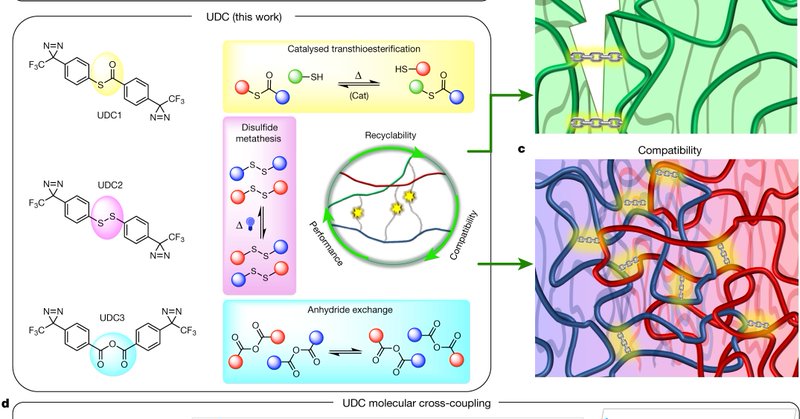
David S. Simmons
@materiologist
Followers
321
Following
163
Media
8
Statuses
94
Associate Professor of Chemical, Biological, and Materials Engineering at @USouthFlorida. Reserach in #Polymers #SoftMaterials #Thermodynamics. (he/him)
Joined February 2015
Very excited about this new paper from our group (former student @_Drayerv2 ), on the origins of the molecular weight dependence of Tg. We think these findings will ultimate require the textbook understanding of this trend to be rewritten. 🧵.
lnkd.in
This link will take you to a page that’s not on LinkedIn
1
0
12
RT @tarak_patra: Our new paper in @Nature with @sanatkk and @TomislavRovis, and Eugene Chen reports a new method that compatibilizes immisc….
nature.com
Nature - A new compatibilization strategy installs dynamic crosslinkers into several classes of binary, ternary and postconsumer immiscible polymer mixtures in situ, with the resulting...
0
17
0
Our new paper in @NaturePhysics, with K. Schweizer and A. Phan, reveals a signature of a combined caging and elasticity origin of the #glasstransition within dynamics at the surface of glass-forming liquids. Surface gradients have long-range tails! 🧵.
1
2
20




